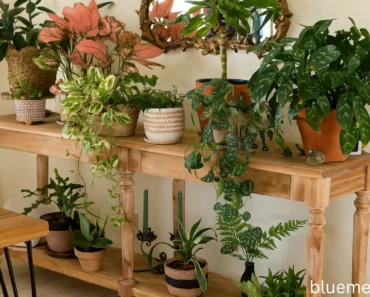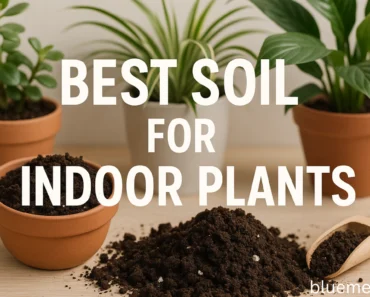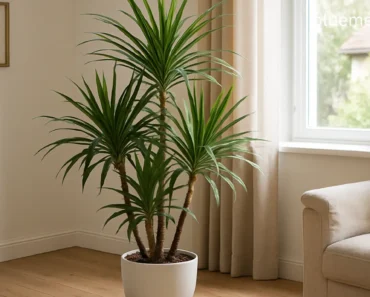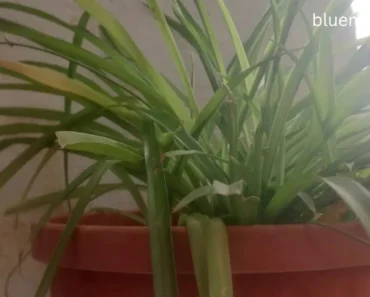Picture this: over your morning coffee, you notice tiny white specks on your fiddle leaf fig’s leaves. Your heart sinks—your plant has pests.
I’ve felt like a failed plant parent, but pests aren’t a sign of bad gardening. They’re part of the journey. With the right approach, you can win.
Table of Contents
🌿 Key Takeaways You’ll Learn:
- Early detection saves plants – Regular check-ups prevent major infestations
- Natural solutions work – You don’t always need harsh chemicals
- Prevention is everything – Healthy plants resist pests better
- Quick action matters – The sooner you treat, the easier it gets
- Isolation prevents spread – One infected plant can doom your entire collection
The Most Common Houseplant Villains (And How to Spot Them)
Let’s talk about the usual suspects that love to crash your indoor garden party. I’ve dealt with each of these personally, and trust me, knowing what you’re up against is half the battle won.
Aphids are probably the most frustrating because they multiply faster than you can say “neem oil.” These tiny, soft-bodied insects cluster on new growth and under leaves. They’re usually green or black, and they leave behind a sticky substance called honeydew that attracts ants. If you see ants marching up your plant stems, check for aphids immediately.
Once, I ignored a few aphids on my pothos, and two weeks later, they covered the new growth. Lesson learned—don’t ignore even a few aphids!
Spider mites are sneaky little devils that thrive in dry indoor air. You’ll often notice fine webbing on leaves before you see the mites themselves. The leaves start looking dusty or stippled with tiny yellow dots. These guys love stressed plants, especially during winter when indoor humidity drops.
Scale insects look like tiny brown or white bumps stuck to stems and leaves. They’re masters of disguise – I’ve mistaken them for part of the plant more times than I care to admit. They suck plant juices and can seriously weaken your plants if left untreated.
Whiteflies are exactly what they sound like – tiny white flying insects that flutter around when you disturb the plant. They love the undersides of leaves and can quickly spread to other plants.
Fungus gnats are those annoying little flies that hover around your plant soil. While the adults are mostly just irritating, their larvae can damage plant roots. They thrive in overly moist soil – a common issue for well-meaning plant parents who tend to overwater.
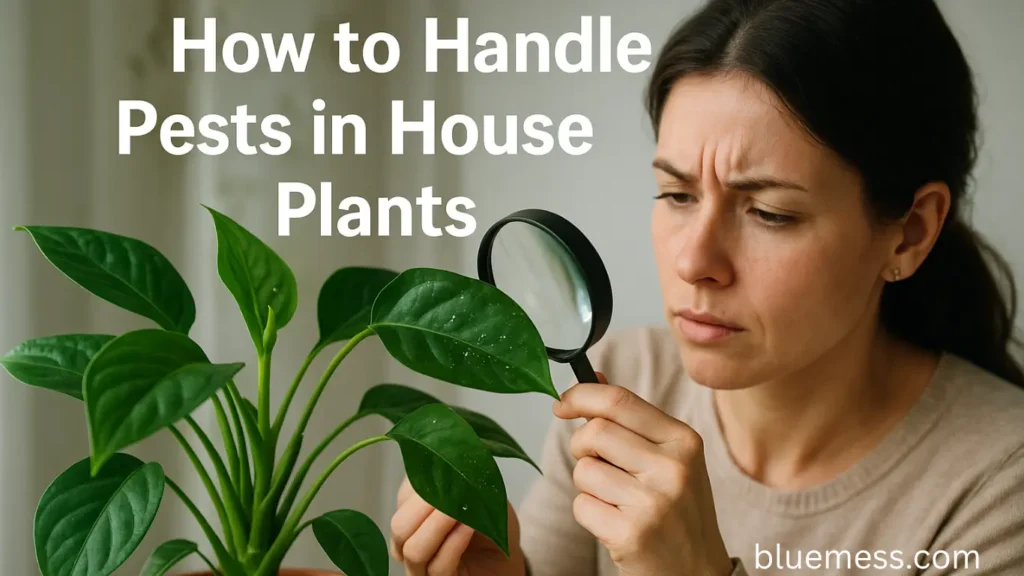
Your Pest-Fighting Arsenal: Natural Solutions That Actually Work
Here’s where I want to save you some time and money. You don’t need to rush out and buy expensive pesticides for most houseplant pest problems. Some of the most effective treatments are probably sitting in your kitchen right now.
The Soap and Water Method is my go-to first line of defense. Mix a few drops of mild dish soap with water in a spray bottle. This works amazingly well for aphids, spider mites, and whiteflies. The soap suffocates soft-bodied insects and disrupts their protective coating.
Neem oil has become my secret weapon against persistent pests. It’s natural, safe for most plants, and works both as a treatment and prevention. Mix it according to package directions and spray in the evening to avoid leaf burn. Fair warning though – it has a distinct smell that some people find unpleasant.
Rubbing alcohol is fantastic for scale insects. Dab it directly on the scales with a cotton swab, or mix it with water for a spray solution. I keep a small bottle of 70% isopropyl alcohol in my plant care kit specifically for this purpose.
Pro tip: Always test treatments first. I once burned a monstera leaf with strong neem oil—plants are sensitive, too!
The Treatment Process: Step-by-Step Success
When you discover pests, don’t panic. Take a deep breath and follow this systematic approach that’s saved countless plants in my collection:
Step 1: Isolate immediately. This is crucial and non-negotiable. Move the affected plant away from your other plants. Pests spread faster than gossip, and you don’t want to treat your entire collection.
Step 2: Assess the damage. Look closely at all parts of the plant – tops and undersides of leaves, stems, and soil surface. Take photos if it helps you track progress. Some pests hide during the day and come out at night, so check at different times.
Step 3: Choose your treatment. Start with the gentlest effective method. For light infestations, often a strong spray of water in the shower can dislodge many pests. For moderate infestations, soap and water or neem oil usually do the trick.
Step 4: Apply consistently. This is where most people fail – they treat once and expect miracles. Most treatments need to be repeated every 3-7 days for 2-3 weeks to break the pest life cycle. Mark it on your calendar!
Step 5: Monitor and adjust. Keep checking your plant regularly. If you don’t see improvement after two weeks, it’s time to try a different approach or consider stronger treatments.
Prevention: Your Best Defense Strategy
You know what’s better than treating pest problems? Not having them in the first place. After dealing with my fair share of infestations, I’ve developed some habits that have dramatically reduced pest issues in my plant collection.
Check your plants during each watering—weekly inspections catch problems early.
Quarantine new plants. I know it’s tempting to immediately place that gorgeous new plant you just bought right next to your established collection, but don’t do it. Keep new plants separate for at least two weeks to watch for any pest issues.
Maintain proper humidity. Spider mites hate humidity, and many other pests struggle in appropriately humid conditions. Use a humidifier, group plants together, or place pebble trays under your plants.
Don’t overwater. Consistently soggy soil is an invitation for fungus gnats and can stress plants, making them more susceptible to all kinds of pests. Let the soil dry appropriately between waterings.
Healthy plants with proper light, water, and nutrition fend off pests more easily.
When to Call in the Big Guns
Sometimes, despite our best efforts, natural treatments aren’t enough. There’s no shame in escalating to stronger measures when needed. I’ve had to use systemic insecticides for particularly stubborn scale infestations, and it saved plants that would have otherwise been lost.
Consider stronger treatments when:
- Natural treatments haven’t worked after 3-4 weeks of consistent application
- The infestation is severe and threatening the plant’s survival
- The pest problem keeps returning despite your best prevention efforts
- You’re dealing with particularly resistant pests like some scale species
If you do use chemical treatments, always read and follow label directions exactly. Use them in well-ventilated areas, and keep pets and children away from treated plants until they’re completely dry.
The Emotional Side of Plant Pest Management
Dealing with plant pests can be emotionally draining. I’ve felt angry and guilty, often wondering, “What did I do wrong?”
Here’s what I want you to know: pests happen to even the most experienced plant parents. They can hitchhike in from outside, come with new plants, or simply find their way to your plants through no fault of your own. The key is not to take it personally and to approach the problem systematically.
My most rewarding plant moments have come from bringing pest-damaged plants back to health—seeing new growth after winning the fight.
Building Your Long-Term Success Strategy
The most successful plant parents I know have developed systems rather than relying on reactive treatments. They’ve made pest prevention and early detection part of their regular plant care routine, just like watering and fertilizing.
Create a simple weekly checklist that includes pest inspection. Keep basic treatment supplies on hand – soap, neem oil, rubbing alcohol, and a spray bottle. Know which plants in your collection are most susceptible to which pests, and pay them extra attention.
Remember, every pest problem you encounter and solve makes you a better plant parent. You’re building knowledge and experience that will serve your future plant acquisitions well.
With these strategies in hand, you’re well on your way to becoming a true pest-fighting pro.
Dealing with houseplant pests doesn’t have to be overwhelming. With the right knowledge and consistent approach, you can keep your indoor garden healthy and thriving.
Share your biggest plant pest challenge or treatment tip in the comments below! Your experience might help another plant parent. Ready to share and support each other? Comment now!
If this guide helped you, please share it with your fellow plant lovers or online plant groups. Together, we can conquer houseplant pests and grow stronger as a community!
Author
George Wine is a seasoned gardening expert with over 20 years of experience in the field of horticulture. His passion for plants and nature has driven his career, where he has honed his skills in various aspects of gardening, from landscape design to plant care. George holds a Master of Science in Horticulture from the University of California, Davis (UC Davis), a prestigious institution known for its research and advancements in plant science.
Throughout his career, George has worked with a diverse range of clients, offering tailored solutions to enhance outdoor spaces and create thriving gardens. His knowledge and expertise allow him to provide invaluable advice, ensuring that both novice and experienced gardeners achieve their gardening goals. Whether you’re looking for tips on sustainable gardening practices, innovative design ideas, or advice on specific plant species, George is here to help you cultivate the garden of your dreams.

